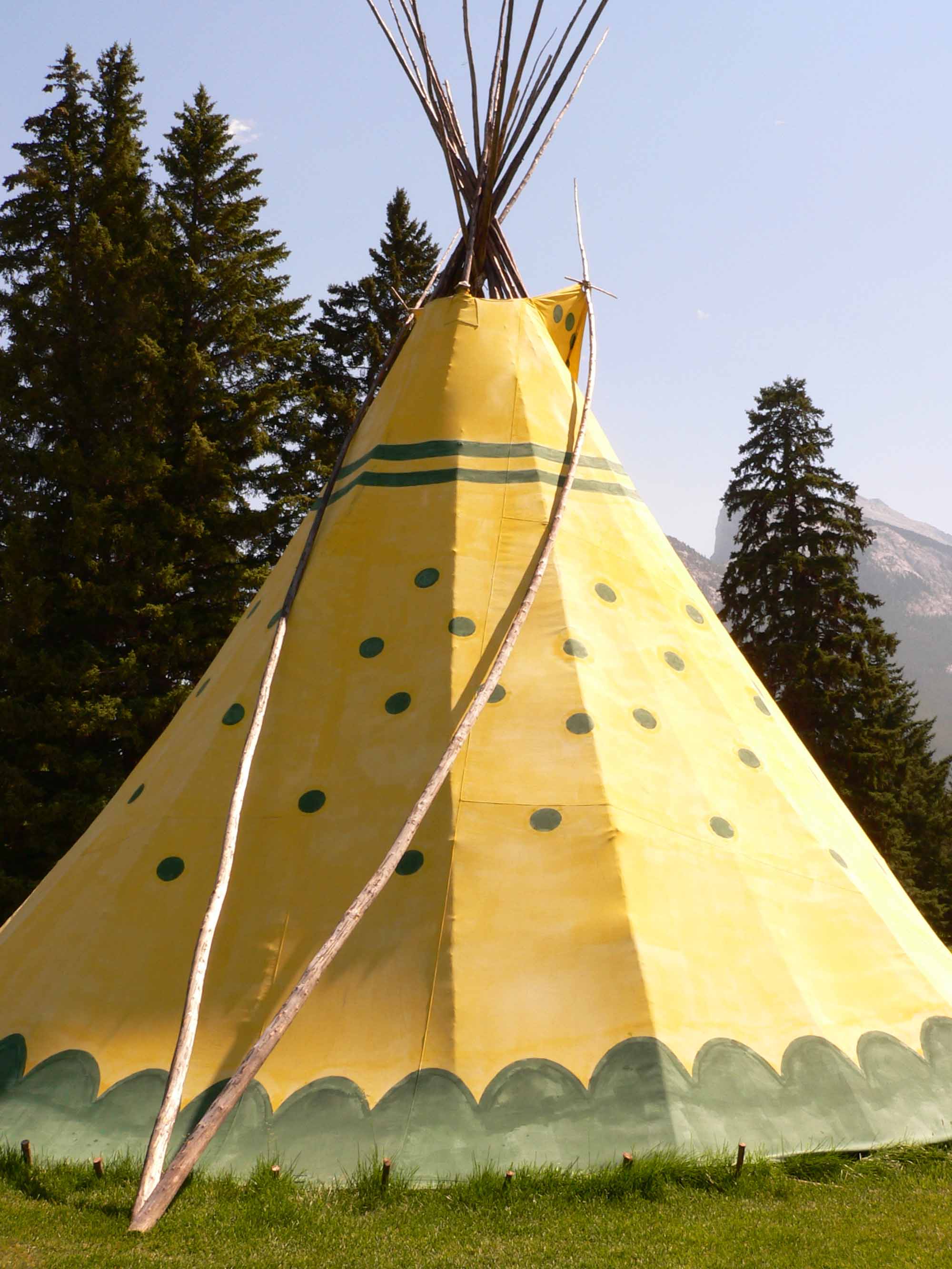Browse "Inventions and Innovations"
-
Article
Silver Dart
The Silver Dart is recognized as the first powered, heavier-than-air machine to fly in Canada. J.A.D. McCurdy successfully piloted the aircraft from Baddeck Bay, Nova Scotia on 23 February 1909. (See also Canadian Innovations in Aviation.)
"https://d2ttikhf7xbzbs.cloudfront.net/Aviation/silverdart.jpg" // resources/views/front/categories/view.blade.php
https://d2ttikhf7xbzbs.cloudfront.net/Aviation/silverdart.jpg
-
Article
Snowshoes
Snowshoes are footwear that help to distribute the weight of a person while they walk over deep snow, preventing them from sinking too far into the snow with every step. In the past, Indigenous peoples used snowshoes for winter travel in Canada, outside the Pacific and Arctic coasts. Snowshoeing has since become a popular Canadian pastime, enjoyed by hikers and sportspeople.
"https://d2ttikhf7xbzbs.cloudfront.net/media/media/d42168e9-b088-44c8-8e61-25af2ac1ff3c.jpg" // resources/views/front/categories/view.blade.php
https://d2ttikhf7xbzbs.cloudfront.net/media/media/d42168e9-b088-44c8-8e61-25af2ac1ff3c.jpg
-
Article
Sweat Lodge
Sweat lodges are heated, dome-shaped structures used by Indigenous peoples during certain purification rites and as a way to promote healthy living.
"https://d2ttikhf7xbzbs.cloudfront.net/media/media/1f3048e8-c0db-4b13-a5c8-c5c727b435fd.jpg" // resources/views/front/categories/view.blade.php
https://d2ttikhf7xbzbs.cloudfront.net/media/media/1f3048e8-c0db-4b13-a5c8-c5c727b435fd.jpg
-
Article
Theory and analysis
Theory and analysis. Music theory is concerned principally with the structure of music. Music theorists are engaged in such diverse tasks as the study of analytical and pedagogical technique, 'pure' theory, psychoacoustics, music perception, and the history of theory.
"https://development.thecanadianencyclopedia.ca/images/tce_placeholder.jpg?v=e9dca980c9bdb3aa11e832e7ea94f5d9" // resources/views/front/categories/view.blade.php
https://development.thecanadianencyclopedia.ca/images/tce_placeholder.jpg?v=e9dca980c9bdb3aa11e832e7ea94f5d9
-
Article
Tipi
Tipis are cone-shaped dwellings that many Plains Indigenous peoples used to live in until the mid-1800s. Today, tipis retain cultural significance and are sometimes constructed for special functions. (See also Architectural History of Indigenous Peoples in Canada.)
"https://d2ttikhf7xbzbs.cloudfront.net/media/media/f27bf121-03aa-46b5-bbf3-fb07424e8037.jpg" // resources/views/front/categories/view.blade.php
https://d2ttikhf7xbzbs.cloudfront.net/media/media/f27bf121-03aa-46b5-bbf3-fb07424e8037.jpg
-
Article
Travois
A travois, from the French word travail, “to work,” was a device used for transportation by the Plains Indigenous peoples. Drawn by horses or dogs, the travois carried people’s goods to and from hunting sites and temporary settlements.
"https://d2ttikhf7xbzbs.cloudfront.net/media/media/cb51fb80-deaf-46a4-a9ad-b5bca1c5fc04.jpg" // resources/views/front/categories/view.blade.php
https://d2ttikhf7xbzbs.cloudfront.net/media/media/cb51fb80-deaf-46a4-a9ad-b5bca1c5fc04.jpg
-
Article
Woodward and Evans Light Bulb
In 1874, Canadians Henry Woodward and Mathew Evans patented a design for an incandescent light bulb. Their invention preceded that of American Thomas Edison by several years. In fact, the second patent (issued in 1876 in the United States) was among those that Edison bought as he refined the technology to create a longer-lasting bulb. Woodward and Evans’s early work on the light bulb in Toronto has gone largely unrecognized. It was nevertheless an important development in the invention of electric lighting. Click here for definitions of key terms used in this article.
"https://d2ttikhf7xbzbs.cloudfront.net/media/new_article_images/WoodwardEvansLightBulb/Woodward_Evans_patent_crop.jpg" // resources/views/front/categories/view.blade.php
https://d2ttikhf7xbzbs.cloudfront.net/media/new_article_images/WoodwardEvansLightBulb/Woodward_Evans_patent_crop.jpg
